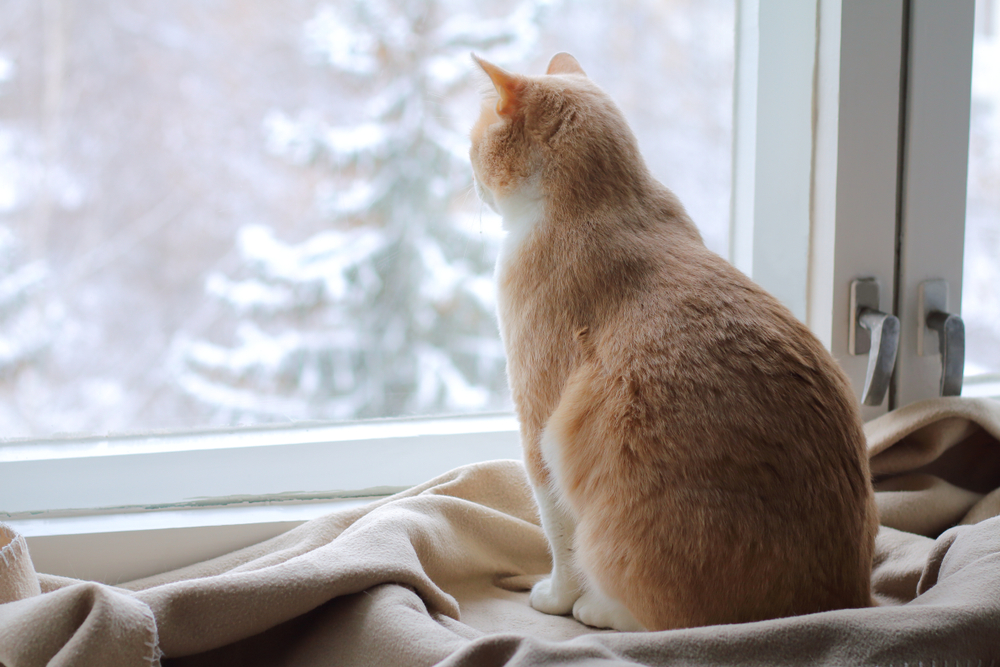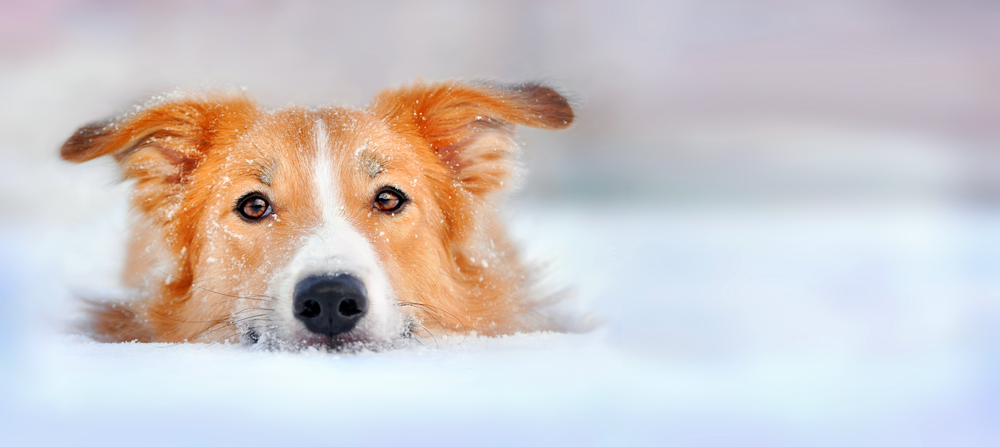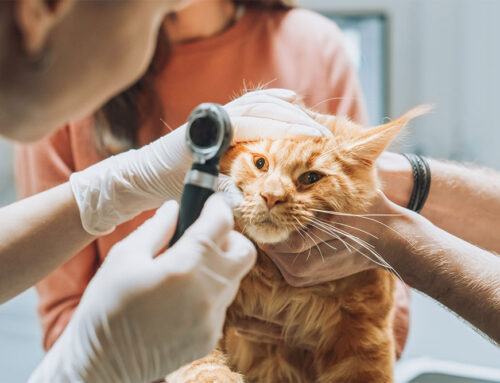As Montana’s temperatures drop, pet owners must take extra precautions to ensure their pets stay warm and safe. Cold weather brings a unique set of challenges that can lead to discomfort, injury, or severe health issues for your furry friend. Our team at Livingston Veterinary Hospital has the tips you need to avoid a weather-related pet emergency.
Consider your pet’s cold tolerance
Not all pets are created equal when it comes to tolerating cold weather. Factors such as breed, age, size, and health can significantly affect how well your pet can withstand the cold. Short-haired, small, young, or senior pets are more susceptible to cold temperatures and may require extra warmth and shorter outdoor excursions. Monitor your pet closely for signs of discomfort, such as shivering and whining, and bring them inside at the first indication that they’re cold.
Protect your pet from antifreeze toxicity
One of the most hazardous winter chemicals for pets is antifreeze. Many people use antifreeze to protect their cars and pipes from damage during freezing temperatures. Antifreeze’s active ingredient, ethylene glycol, is extremely toxic to pets and, unfortunately, has an attractive sweet taste. Take the following precautions to protect your pet:
- Store antifreeze containers securely and clean up any spills promptly.
- Consider using pet-safe antifreeze products that contain propylene glycol instead.
- Watch for signs of poisoning, including vomiting, lethargy, and seizures, and seek veterinary care immediately if you suspect your pet has ingested antifreeze.
Protect your pet’s paws
Cold weather can be hard on your pet’s paws. Snow and ice can lead to frostbite and can dry out their paw pads, leaving their skin chapped or cracked. Rock salt and ice-melt products can also burn and irritate paw pads. To protect your pet, wipe their feet with a damp cloth after they walk on roads or sidewalks to remove any accumulated salt, ice melt, or debris. Protective footwear also can protect your pet’s paw pads if they are willing to wear them.
Supervise your pet outdoors
Supervise your pet outdoors in cold weather and know the signs of hypothermia or frostbite.
- Hypothermia — Hypothermia occurs when your pet’s normal 101- to 102.5-degree body temperature drops below 99 degrees as a result of prolonged cold-temperature exposure. Hypothermia signs include shivering, lethargy, delayed reflexes, dilated pupils, and slowed breathing.
- Frostbite — If your pet is outdoors during frigid temperatures, especially below 32 degrees, they risk developing frostbite. While cold weather breeds such as Siberian huskies and Alaskan malamutes are not prone to frostbite because of their thick fur coats, all pets are at risk. Although rarely life-threatening, frostbite is often a precursor to hypothermia, which can be fatal. Your pet may be experiencing frostbite if they exhibit any of the following signs:
- Brittle or shriveled skin that stays cold to the touch
- Skin that is initially pale or bluish-white, but becomes red and puffy
- Red or grey-tinged skin on the ears, tail, or nose
- Ice crystals in or around the nose
Secure your pet around icy surfaces
A frozen body of water may appear solid, but your pet can easily fall through thin ice, leading to a dangerous and potentially fatal situation. Remember, ice that doesn’t hold your pet won’t hold you, and you’ll both be in danger if you try to rescue them. To ensure you and your pet avoid such a scenario:
- Keep your pet leashed near frozen bodies of water.
- Avoid walking on ice-covered surfaces when possible.
- Teach your pet to come when called to help keep them from venturing onto unsafe ice.
Leave your pet at home when running errands

You probably know that hot cars are dangerous for pets, but cold cars also pose a significant risk. A pet who is left alone in a cold car for too long can suffer frostbite or hypothermia, so leave them safe and warm at home when you run errands.
The winter season can be a fun time for pets and their owners with a little preparation and vigilance. By taking the necessary steps to protect your pet, you can ensure they stay safe and comfortable throughout the colder months. If you have questions about keeping your pet safe in the cold, or if your pet gets into any cold weather trouble, contact our team at Livingston Veterinary Hospital.







Leave A Comment